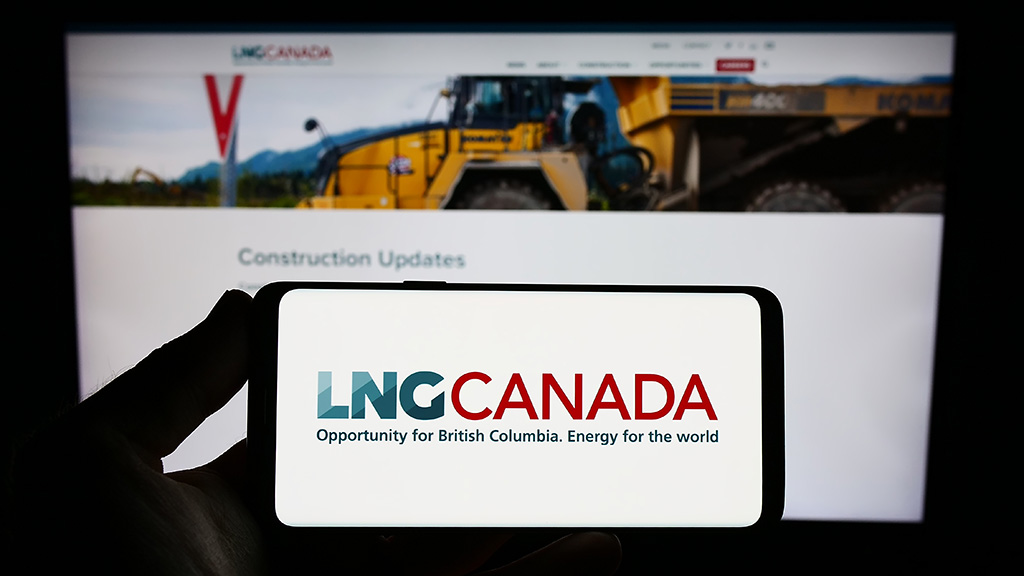A historic wave of new liquefied natural gas (LNG) projects is reshaping the global energy landscape. By 2030, global LNG liquefaction capacity is expected to surge by nearly 50%, driven primarily by massive expansions in the United States and Qatar, alongside new developments in Africa and the Eastern Mediterranean. Forecasts indicate that close to 300 billion cubic meters (bcm) of fresh capacity will come online—representing the largest LNG build-out in industry history.
This unprecedented expansion marks a new era for global gas markets. But it also raises important questions about pricing, project viability, and the role of regions like British Columbia, which increasingly appears to be a strategic outlier in the LNG race.
The Coming Wave: U.S. and Qatar Lead the Charge
Two countries dominate the next chapter of LNG growth:
🇺🇸 United States
America is cementing its status as the world’s largest LNG exporter. With projects such as Golden Pass, Plaquemines, Rio Grande, and Port Arthur LNG, the U.S. is adding enormous modular capacity at record speed. Flexible destination-free contracts and abundant shale gas supply give U.S. LNG a uniquely competitive advantage in the global market.
🇶🇦 Qatar
Qatar’s North Field East and North Field South expansions will increase its liquefaction output from roughly 77 million tons per annum (mtpa) to over 140 mtpa. Backed by the world’s lowest-cost gas supply and long-term offtake agreements with major Asian buyers, Qatar is securing multi-decade market dominance.
Together, these two LNG giants account for more than two-thirds of global capacity growth through 2030.
A Price Storm Brewing: Oversupply by 2026
Starting in 2026, global LNG markets enter a period of significant oversupply:
- Massive new volumes hit the market at the same time.
- Europe’s emergency post-2022 buying spree cools.
- Asian growth, while strong, cannot absorb the entire surplus.
Analysts forecast LNG prices could drop to their lowest levels since before the 2022 energy crisis, when geopolitical turbulence drove natural gas to historic highs.
This is good news for importers—but signals intense competitive pressure for exporters and higher-cost jurisdictions.
Why British Columbia Is an Outlier

British Columbia stands apart from the U.S.–Qatar LNG narrative for several reasons:
1. Smaller, Slower, More Regulated
Projects like LNG Canada and Cedar LNG move at a vastly slower pace than U.S. developments due to:
- rigorous environmental permitting
- Indigenous consultation frameworks
- regulatory uncertainty
- insufficient pipeline infrastructure
While the U.S. brings new LNG trains online in three to five years, BC projects often span over a decade.
2. High Costs and Complex Logistics
Building LNG facilities on Canada’s remote Pacific coast demands:
- expensive labour
- long-distance supply chains
- challenging terrain
- stricter emissions standards
As global LNG prices fall from 2026 onward, BC’s high-cost structure puts pressure on project economics.
3. A Strategic Premium: BC’s One Big Advantage
British Columbia’s outlier status is not entirely negative—it may be strategically desirable.
The province offers what Asia increasingly wants:
- Shorter shipping distances to Japan, South Korea, and China
- Non-Russian, non-Middle Eastern supply
- Long-term energy security from a stable Western nation
- Low-methane, lower-carbon gas production compared to many competitors
As green financing and ESG frameworks evolve, BC LNG could command a security-of-supply premium, insulated—at least partially—from the coming price slump.
The Bigger Picture: LNG’s Next Decade Is a Tale of Divergence
The LNG market heading toward 2030 will be defined by extremes:
- Oversupply and low prices from 2026–2030
- U.S. and Qatar dominance
- Opportunities for low-cost producers
- Squeezed margins for high-cost exporters
- Selective strategic demand for secure Pacific supply
British Columbia is unusual because it is not playing the same volume-maximization game. Instead, it may succeed by carving out a premium niche, especially with Indigenous-led projects gaining international attention.
Conclusion: The LNG Supercycle Is Real—But Not Uniform
The world is on the cusp of an LNG expansion like never before. Nearly 300 bcm of new liquefaction capacity will enter the market by 2030, reshaping geopolitics, pricing, and long-term supply strategies.
- The U.S. and Qatar dominate the supply story.
- Oversupply pressures will push prices to multi-year lows.
- BC remains a regulatory, cost, and timeline outlier—but also a strategic one.
For offshore investors, this divergence creates both risk and opportunity.
And as always, Invest Offshore continues to source and structure investment opportunities in West Africa and the Central African Copperbelt—where energy, infrastructure, and minerals meet the next wave of global capital flows.

Leave a Reply